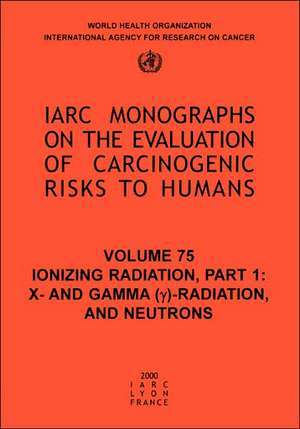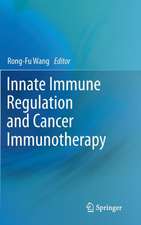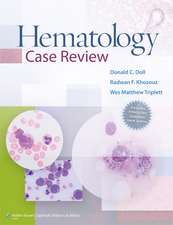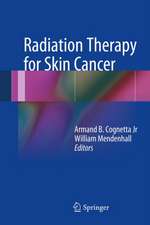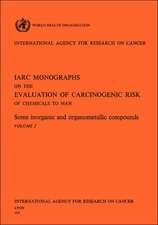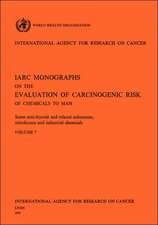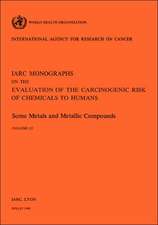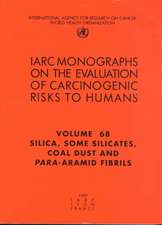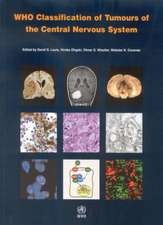Ionizing Radiation: X- And Gamma (Y)-Radiation, and Neutrons: IARC Monographs on Eval of Carcinogenic Risk to Humans
Autor Iarc, The International Agency for Research onen Limba Engleză Paperback – 30 apr 2000
| Toate formatele și edițiile | Preț | Express |
|---|---|---|
| Paperback (2) | 345.44 lei 6-8 săpt. | |
| World Health Organization – 30 apr 2000 | 345.44 lei 6-8 săpt. | |
| World Health Organization – 31 ian 2001 | 352.95 lei 6-8 săpt. |
Preț: 345.44 lei
Preț vechi: 363.63 lei
-5% Nou
Puncte Express: 518
Preț estimativ în valută:
66.10€ • 69.20$ • 54.69£
66.10€ • 69.20$ • 54.69£
Carte tipărită la comandă
Livrare economică 05-19 aprilie
Preluare comenzi: 021 569.72.76
Specificații
ISBN-13: 9789283212751
ISBN-10: 9283212754
Pagini: 491
Dimensiuni: 178 x 254 x 26 mm
Greutate: 0.87 kg
Editura: World Health Organization
Seria IARC Monographs on Eval of Carcinogenic Risk to Humans
Locul publicării:Switzerland
ISBN-10: 9283212754
Pagini: 491
Dimensiuni: 178 x 254 x 26 mm
Greutate: 0.87 kg
Editura: World Health Organization
Seria IARC Monographs on Eval of Carcinogenic Risk to Humans
Locul publicării:Switzerland
Notă biografică
The International Agency for Research on Cancer (IARC) is part of the World Health Organization. IARC's mission is to coordinate and conduct research on the causes of human cancer, the mechanisms of carcinogenesis, and to develop scientific strategies for cancer control. The Agency is involved in both epidemiological and laboratory research and disseminates scientific information through publications, meetings, courses, and fellowships.
